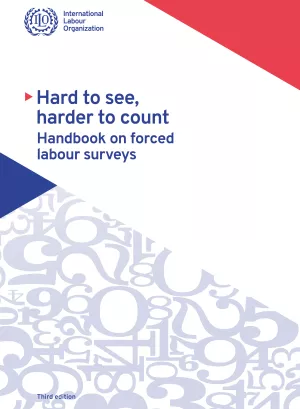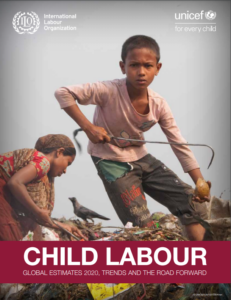Topic
Statistics on unpaid work
Table of Contents
Related pages
See also
Introduction
The different forms of work identified within the framework include employment, own-use production work (activities people do to produce goods and provide services for their own use) as well as other unpaid activities such as volunteer work and unpaid trainee work.
Another significant development is the recognition within the statistical standards that individuals can be engaged in multiple forms of work in a single period of time, for example caring for children, working in a paid job and/or doing voluntary work. When applied, the standards create the potential for a far more holistic view of people’s work, how work is allocated within households, and the interaction between labour market engagement and different types of working activities.Unpaid work is an everyday feature of everyone’s life, in all households and societies. Its role in supporting the well-being of individuals, households and communities is indisputable. It can take the form of goods and services provided within households and families, or provided to others through volunteer work or other unpaid activities.
Despite this, unpaid work can remain invisible, both in policies and statistics. However, recognition of its importance and the need to understand its nature and role has been increasing. One reflection of this has been the inclusion in the Sustainable Development Goals of a target to recognize and value unpaid care and domestic work (Target 5.4) under Goal 5 on Gender Equality. In setting this target, the 2030 Agenda aims at tackling persistent gender inequalities in paid and unpaid work, as a necessary foundation for inclusive growth and development.
Download the Unpaid Domestic and Care Work (UDCW) social media kit to share content on this key topic in your social networks.
Data catalogue
| Indicator | Frequency | Database | Subject | Download (with labels) | Download (with codes) | Data explorer |
|---|---|---|---|---|---|---|
| SDG indicator 1.1.1 - Working poverty rate (percentage of employed living below US$2.15 PPP) (%) | Annual | SDG Labour Market Indicators (ILOSDG) | Working poverty | .csv .dta .xlsx | .csv.gz | View |
Methods

Child Labour Statistics (CHILD database)
Concise description of concepts and definitions, uses, sources and limitations for the Child Labour Statistics (CHILD) database.

Hard to see, harder to count: Handbook on forced labour surveys
This revised version of the “Hard to see, harder to count” handbook provides an updated set of tools for the design, implementation and analysis of quantitative surveys on the forced labour of adults.
Analytical publications
Note: Many publications are available only in English. If available in other languages, a new page will open displaying these options.

Child Labour: Global estimates 2020, trends and the road forward
Published for the first time jointly by the ILO and UNICEF, as co-custodians of Target 8.7 of the Sustainable Development Goals, the report takes stock of where we stand in the global effort to end child labour.
